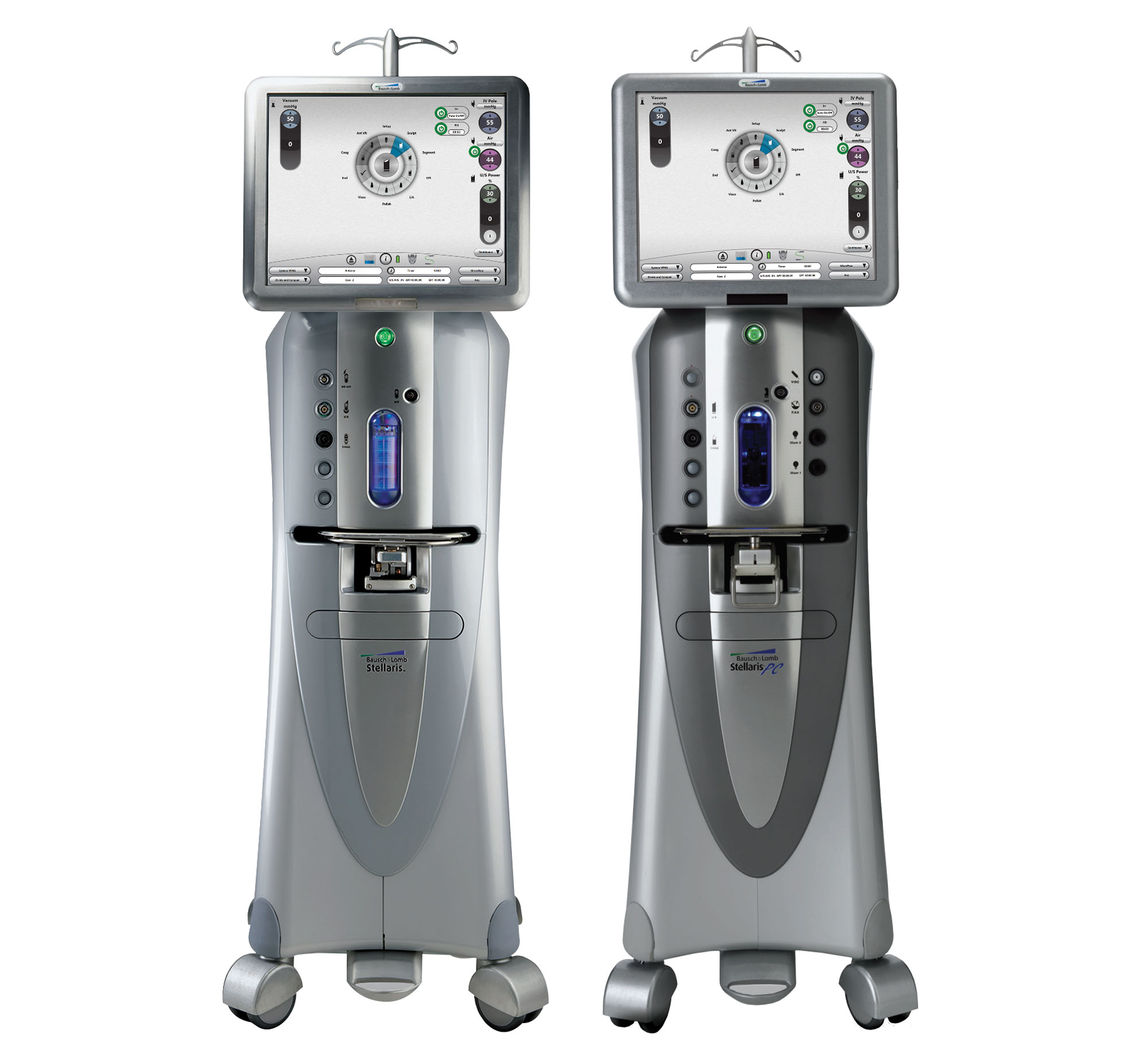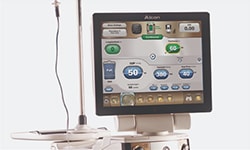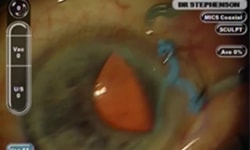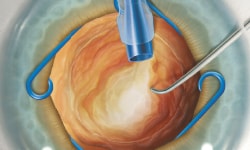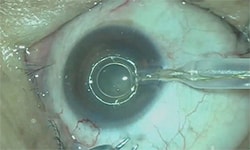Editorially Independent Content
In my opinion, one of the most underestimated phacoemulsification technologies is the Stellaris Procedural Choice (PC; Bausch + Lomb). The system is designed to perform 1.8-mm microincisional cataract surgery (MICS) as well as posterior segment surgeries.
Features
The efficiency that the Stellaris PC with the Venturi pump system can provide is tremendous. We don't want to spend any more time in the eye than absolutely necessary, and this unit requires very little effort to emulsify the nuclear core and epinuclear shell. It can efficiently manage grade 3 or 4 cataracts and is also the quietest unit on the market. I don’t think anything really competes with this technology when it comes to phacofragmentation. During each step of the procedure, the user-friendly system can very quickly switch between modes.
The Venturi system is able to gather and hold whatever comes to the tip quickly and efficiently. When a femtosecond laser has fragmented the nucleus, I can place the phaco tip in the middle and most of the pieces easily come straight to the tip. I only need to gently manipulate fragments with my second instrument. This characteristic is particularly beneficial in small pupil cases. When approaching small pupils, I use gentle hydrodissection, described by Lisa Arbisser, MD, to prevent backpressure and potential iris prolapse. In my experience, the control of Stellaris PC in small pupil cases really outperforms any other phaco unit by controlling the anterior chamber without compromising the fascility of nuclear dissasembly and cortical removal. In fact, I was talking with colleagues recently about the efficiency and the responsiveness of the vacuum. It’s important to know that the vacuum levels on the Venturi pump system can rise very quickly so surgeons must have a firm understanding of fluidics before using it.
I find it necessary to polish the capsule in femtosecond cases, particularly in the subincisional space, more thoroughly than I ordinarily would with conventional phacoemulsification. The tip of the Stellaris PC is able to provide a little bit more purchase power so you do not necessarily have to be underneath the leaflet as you go after cortical material in the subincisional plane. You can afford to be a little bit more aggressive during your cortical clean up. Although I wouldn’t make it a routine practice, the design of the soft silicone I/A tip is such that you can delicately remove cortical material from the posterior capsule. This maneuver is a good example of the capabilities of this technology and one that I’d be less inclined to do with other instruments. If there is occlusion, even if the tip engages the posterior capsule slightly, I have minimal concern about tearing or rupturing of the posterior capsule.
At the end of the case, I still hydrate the incisions but I find that I don't have to be as aggressive by virtue of having a slightly smaller incision. I have observed that the procedure is less traumatic to the wounds because of the how the Stellaris system goes about disassembling the cataract.
The Stellaris is my preferred phaco system because of the control and efficiency, and the gentleness that the hand pieces afford is unparalleled. It is these qualities that I think ultimately lead to better refractive outcomes.
